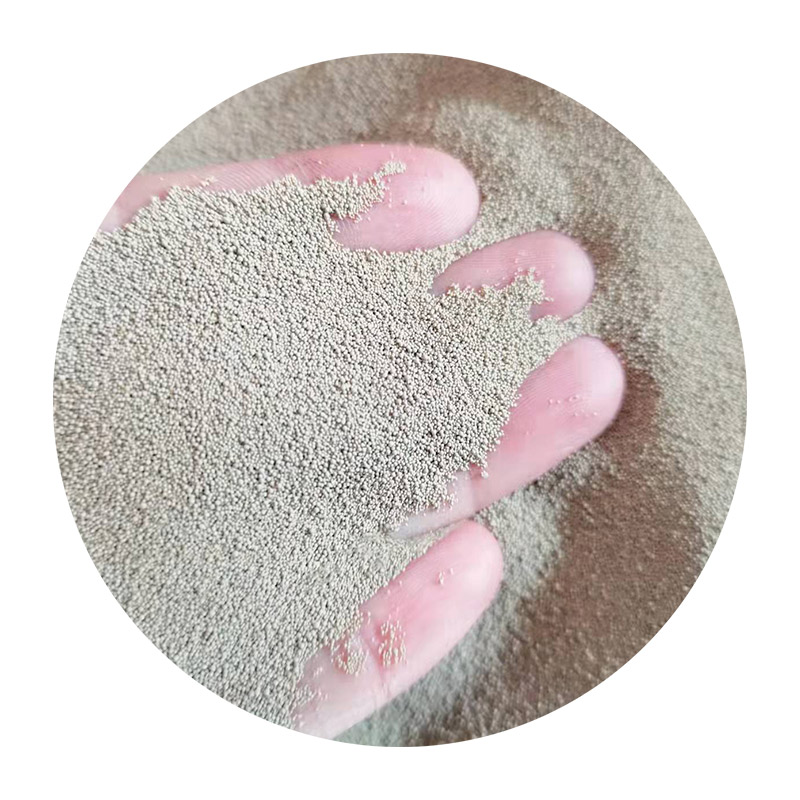The Importance and Techniques of Sanding 3D Printed Objects
3D printing has revolutionized the manufacturing landscape, providing a convenient, cost-effective, and creative method for producing complex designs and prototypes. Despite its advantages, the surface quality of 3D printed objects often leaves much to be desired. This is where sanding comes in as an essential finishing technique to improve aesthetics and functionality.
Sanding involves the abrasion of the object’s surface to reduce imperfections, remove layer lines, and prepare it for painting or other finishes. Depending on the material used for printing—such as PLA, ABS, or PETG—different sanding techniques and tools may be required.
Understanding the Basics of Sanding
The primary goal of sanding 3D printed objects is to achieve a smooth surface that enhances both the visual appeal and tactile quality. It is essential to familiarize yourself with the properties of the material you are working with, as softer materials will require different techniques compared to tougher ones. For instance, PLA can be sanded with finer grit sandpaper, while ABS may need a coarser paper initially due to its durability.
Steps to Sand 3D Printed Objects
1. Preparation Before you begin sanding, ensure your work area is clean and organized. Wear a dust mask and safety goggles to protect yourself from fine particles that can be harmful when inhaled.
sanding 3d printed objects

2. Choosing the Right Tools Start with a range of sandpaper grits, generally ranging from 100 to 600+ grit. Coarse grits (100-220) are used to remove large imperfections and layer lines, while fine grits (320-600+) are suitable for achieving a polished finish.
3. Sanding Technique Begin by using a coarse grit sandpaper to tackle the most visible imperfections. Employ a circular motion or back-and-forth strokes, applying even pressure. Once the object feels smoother, switch to a medium grit to refine the surface further. Finally, use fine grit sandpaper to achieve the desired smoothness.
4. Checking Progress Frequently stop to check your progress by wiping away dust or residue. This allows you to assess whether you’ve achieved a satisfactory surface quality or if additional sanding is necessary.
5. Finishing Touches After achieving a smooth surface, consider using an abrasive pad or a sanding sponge for tricky areas or tight corners. For an even finer polish, some users opt to use a mild solvent to melt the top layer of the material, providing a glass-like finish, particularly for ABS.
Post-Sanding Considerations
Once sanding is complete, the surface can be treated further if desired. Applying a primer can help in achieving a uniform color when painting, while also filling in any remaining minor imperfections. Additionally, sanding can significantly improve the adhesion of paint or other finishes, contributing to a more professional-looking final product.
In conclusion, sanding is a crucial step in the finishing process of 3D printed objects. By taking the time to sand properly, you'll transform your prints from rough, raw creations into polished pieces that showcase the potential of 3D printing technology. Whether for personal projects or professional prototypes, mastering the art of sanding can elevate the quality of your 3D prints significantly.
Post time:Nov . 07, 2024 02:06
Next:မျဉ္းကိုင်ကြိုး ဆားတင်ထားသော ရေပိုတင်ခြင်း ၏ အကျိုးကျေးဇူးများ
